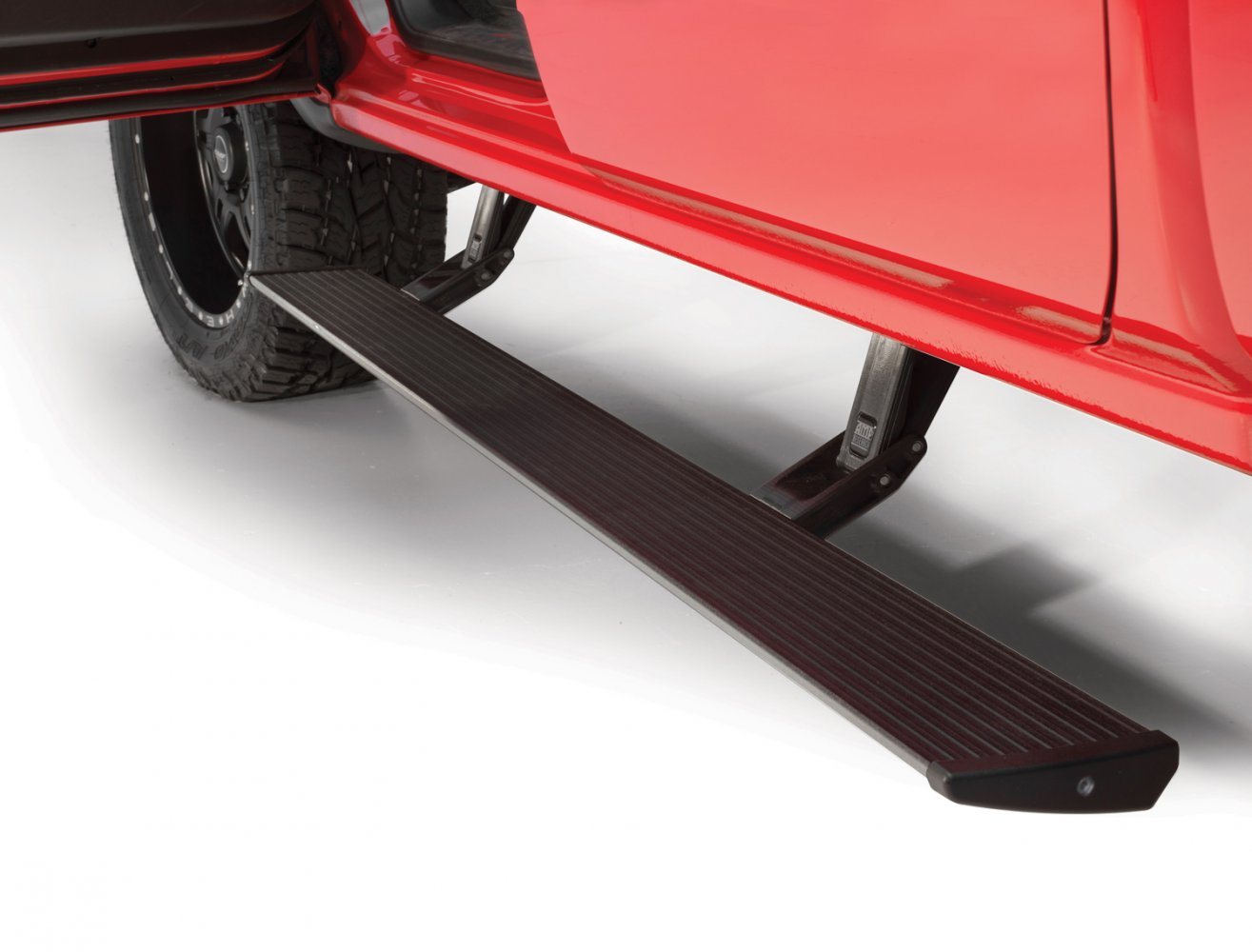
This is the same GraphQL query that you used on the other page to retrieve all products, but this time you call it with the product slug to find just one product.Then you pass on the product's slug to the GraphQL query ( slug: params.slug2), to find the product details.The page at /product-list passes the product slug to this page through the URL, which is formed as /product-details/ The RudderStack AMP component makes it easy to send the event data from your AMP page to your specified destinations via RudderStack.Graphql g = 'get_products', slug: params.slug2Īssign product = g. yml file, which is found in the schema directory.Ĭreate the /product-details page that loads when visitors click on a product from /product-list above. price is a property defined in the product Table's.If the optional slug argument is omitted, then it returns all products.amp-mustache enables the 'mustache' (double curly braces) templating syntax.Include the AMP dependencies in the layout file app/views/layouts/application.liquid: Feeding Data into AMP Pages with GraphQLĬreate the main page, HTML extended with AMP tags and objects app/views/pages/product-list.liquid.Converting AMP HTML Pages to Layouts and PagesS.
CUSTOM AMP STEPS CODE

Monitoring Website Performance Using Lighthouse-CI.Code Quality and Performance Best Practices.Using the Page Object Model with TestCafe.Creating Test Cases and Executing Tests.

Speeding Up Development and Troubleshooting.Planning, Organizing, and Writing Tests.


 0 kommentar(er)
0 kommentar(er)
